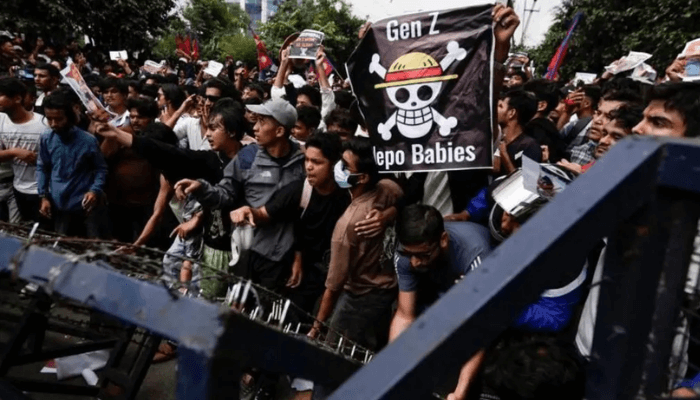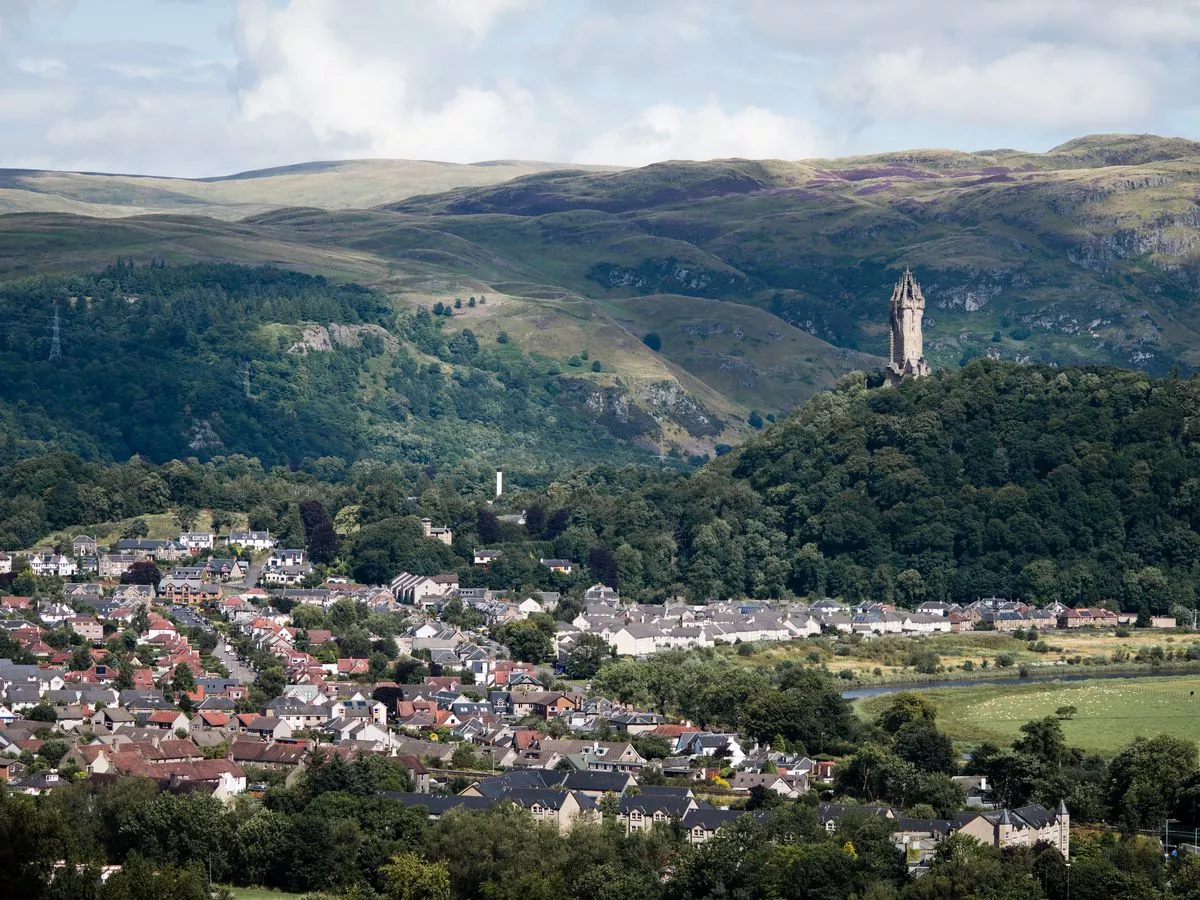By Faith Omoboye
Copyright businessday

Armed soldiers patrolled the streets of Kathmandu on Wednesday, enforcing an indefinite curfew after days of violent protests left more than 20 people dead and forced prime minister KP Sharma Oli to resign.
The unrest began earlier in the week when the government moved to block social media platforms, a decision that sparked outrage among young people. What started as peaceful demonstrations quickly escalated after security forces opened fire on crowds on Monday, killing 19 and injuring hundreds. The protests swelled into the tens of thousands, fuelled by wider anger over corruption, nepotism and unemployment in one of South Asia’s poorest countries.als
Read also: Nepal social media ban protest turns violent, at least 14 killed
By Tuesday night, government buildings were in flames, parliament had been stormed and homes of senior politicians were attacked. Video footage showed protesters beating Nepali Congress leader Sher Bahadur Deuba and his wife Arzu Rana Deuba, the country’s foreign minister. In response, the army rolled out tanks and checkpoints across the capital, ordering residents to remain indoors. “We are committed to protect the life and property of people,” Raja Ram Basnet army spokesman said.
Read also: Social media, Global North visa policy, and Nigerians’ quest for greener pasture
Despite the heavy deployment, calm has been fragile. Smoke still rose from buildings on Wednesday while military loudspeakers echoed through Kathmandu’s near-empty streets, warning: “No unnecessary travel.” At the city’s airport, flights resumed but movement remained tightly controlled. The army said 27 people had been arrested and 31 firearms recovered, warning of “strict punishment” for anyone involved in violence.
The “Gen Z” activists who spearheaded the movement have tried to distance themselves from the destruction, claiming opportunists hijacked their protests. On New Baneshwor street — the epicentre of the demonstrations — a small group of teenagers were seen sweeping rubble and collecting litter. “This corruption thing has been in Nepal since a very, very long time,” said Ksang Lama, a 14-year-old who did not attend the protests. “I really hope it can bring something positive to our country.”
Read also: Social media influence and cybercrime: When oversharing becomes dangerous
The crisis has already claimed several political scalps. Home minister Ramesh Lekhak resigned on Monday, followed by agriculture minister Ramnath Adhikari. By Tuesday, Oli himself had stepped down under intense pressure, though president Ram Chandra Poudel quickly reappointed him to lead a caretaker government. In a televised address, Poudel appealed to protesters to “focus on resolving the crisis without further bloodshed or destruction.”
International attention is growing. China urged its citizens in Nepal to remain cautious and called on Kathmandu to restore stability. India, Nepal’s largest neighbour and trading partner, has yet to issue a formal statement but is closely watching developments on its northern border.



